Again, I wrote a title that would raise the eyebrows of Marshall employees if they saw it.
One item that every guitarist longs for is a Marshall.
And it is an old one called Vintage (plexi, pin switch, or something like that).
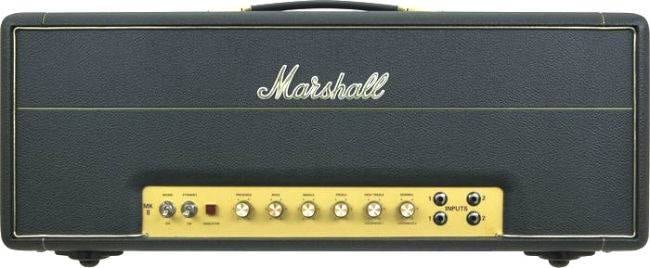
Even a replica with the same specs can't compare to a real Vintage.
I’m going to let you in on a little secret.
Is it really true? I don't intend to deceive you at all, but please read to the end.
I guarantee that dozens of scales will come off your eyes
In fact, if you’re thinking that I’m only telling you, “GIVE ME MONEY!” This is not the case at all so please read this article until the end.
Caution!
*Never attempt to modify your own Marshall based on this blog!
There is a risk of electric shock due to the high voltage used inside the tube amp.
In the worst case scenario, it can lead to death. If you really want to mess with it, consult a professional repair shop and leave it to them.
Now, let's start with the explanation.
What is the biggest difference between a real Vintage and a current Marshall?
If you think “It's the price!”
Yes, it is the parts, but there is a big pitfall here.
You can't just get the same capacitor (called “mustard”) and replace it with a new one and have the same sound.
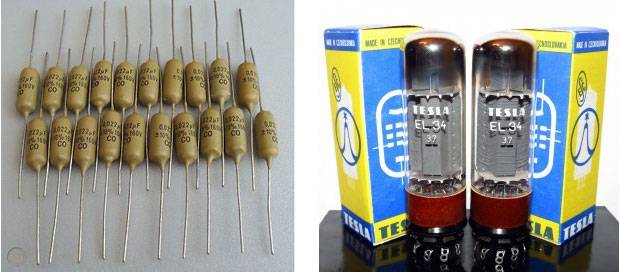
Tubes at the time were TESLA or Mullard, so I’ll just replace them with those... hmmm, no.
I think Reinhard Bogner is the only current amp builder who has solved this dilemma.
I used to be a customer engineer for Bogner AMPs and thought so on every occasion. I have also repaired Marshall Bogner MOD AMPs, which were the first Marshall AMPs modified by Bogner himself, and this experience is still very useful to this day.
It was a great sounding AMP. Van Halen even exchanged it for his favorite Franken guitar back then.
Let's get back to the story.
The biggest difference is the parts, not the components.
To be precise, they don't have to be the same parts, but they should have the same value!
Many of the resistors used in Vintage AMPs are solid carbon resistors, such as Alan Bradley, MEPCO, Stackpole, and other overseas brands.
This is the key.

Home-built audiophiles and amp repairers have probably encountered this type of resistor at least once, especially this Alan Bradley resistor, but its resistance value increases dramatically as it deteriorates over time.
It is not uncommon to find resistance values of 120k to 130k ohms in actual measurement, even if the resistor is labeled as 100k ohms.
Since this is the case even in unused condition, there is no way that the resistance value of an amplifier that has been used for more than 40 years is accurat
Nowadays, you can find amp schematics on the web, so you should check them out.
The resistor indication shows 499kΩ or 500kΩ when 470kΩ should be used, or 56kΩ when 47kΩ should be used.
Although the overall resistance has increased by about 20%, the variable resistors used for volume and tone are the same as they were in the past and still are today, and the values are the same as shown in the schematic.
Do you understand now?
The resistors on the surface of the current amps and the Vintage amps are the same, but the parts inside (resistance values) are completely different from the values shown in the schematics.
The solid carbon resistors used in the amps are said to be strong and have good sound.
However, the noise coefficient was not good, and the resistance value was not very accurate.
Worst of all, they have a poor temperature coefficient, and if they are installed in a high-temperature place, the resistance value may rise all at once. Furthermore, the productivity is poor and the price is high...but the sound is good.
Western Electric, McIntosh, Marantz, and other world-class amplifiers have all used this resistor. I heard that it is a brand designated by the manufacturer.
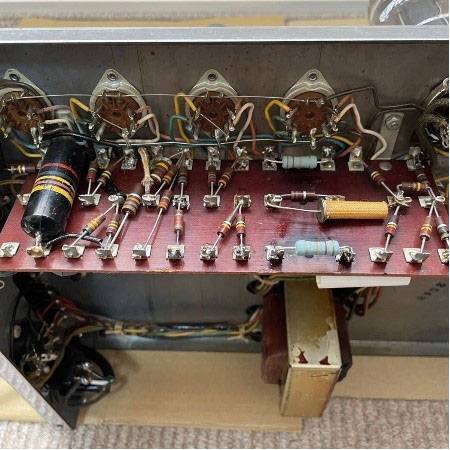
The solid carbon resistors available today are made by Xicon, but they do not deteriorate over time like Alan Bradley's resistors, and the quality of the carbon is a little different.
If this is the case, why don't I just choose a high quality resistor available today and use the value of the solid carbon resistor that has deteriorated over time? (This is the very idea of a poor person...or an engineer.)
The next sound quality factor is the transformer.
There is nothing more we can do about this, after all, the insulating material then was paper and now is polyester.
Naturally, paper has less deterioration in the transformer due to capacitance, and the sound is better.
I have disassembled an old foreign transformer several times and noticed something while disassembling it.
When I unraveled the transformer wires, I found a piece of paper wrapped around the step. Yes, it was.。
Moreover, the quality of the enamel wrapped around the transformer and the copper wire inside it were of a different quality from those of today's transformers.
Bogner, of course, made the original transformer by special order. You know what you're talking about, sir!
There are companies in Japan that make transformers for order, starting from a single piece.
I don't know if they can make a transformer with paper winding, but the quality is quite good.
I once ordered a power transformer for a 1976 Marshall that had died and replaced it with a new one, and the sound became extremely energetic and less prone to distortion.
It sounded beautiful and taut, but I was a little surprised because I had imagined it to be distorted all the time.
It sounds like a step before crunch, but, well, yes, it must have good sound.
(Although it is not enough for me as a METAL lover.)
I don't think many people have actually experienced this, but even if you play a Vintage Marshall at full volume, it doesn't sound distorted, and even if it is distorted, it doesn't sound as fine as it does through an effects pedal.
A loud, dynamic, rough sound that is indescribably loud and dynamic is the right answer.
It is not a distorted sound, but it is strangely sustained and is a true overdrive sound of vacuum tubes.
And to my surprise, when this sound is recorded, it sounds like hard rock. What's wrong with that? It's a wonder that it sounds like hard rock when it is recorded.
The difference between the raw sound coming out of the speakers and the recorded sound is something that only Marshall can do.
Remember that time when you were busy connecting a bead of effects pedals to your amp and thought you had a perfect sound, but when you recorded it, it sounded shaky, flimsy, thin, and just plain crappy!
It doesn't matter if it sounds raw or half-assed, as long as the final sound is good.
One last thing, and it's not just for Vintage Marshall, but for those who use tube amps, here's a tip.
If your amp has a presence control, you should know that the sound with the presence control turned all the way up is the true sound of the amp.
The circuit configuration of the amplifier is such that a portion of the signal that once goes to the speaker out jacks is returned to the input of the power amplifier (NFB negative feedback) to stabilize the output signal and improve noise and frequency response.
The control that does this work is the presence.
In other words, if you increase the presence (without NFB), you can bring out the true sound of the amplifier.
What? You think it makes the treble sound tinny and grating?
In such a case, a man should lower the treble (but not the presence) without saying a word.
This is the secret of Van Halen's brown sound. It's not trebly, but the bass and middle notes are crisp and pleasant.
The Peavey 5150 has actively used this as a factor in sound design.
I will not talk about this now because it is a long story, but I may blog about it in detail later when I have a chance.
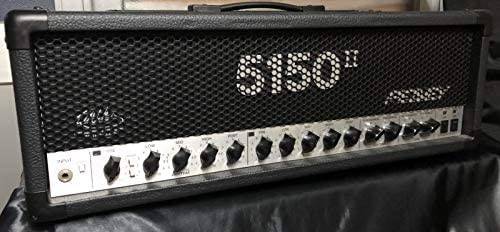
That's enough for now. I hope you got something out of this article.
See you soon.






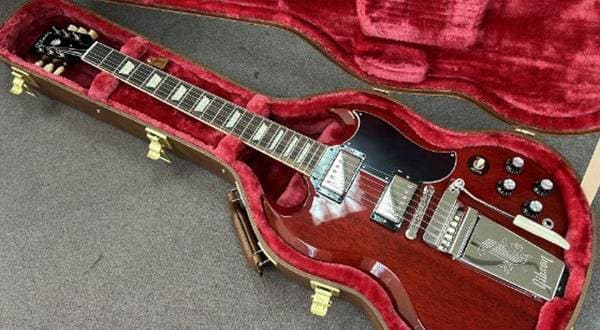

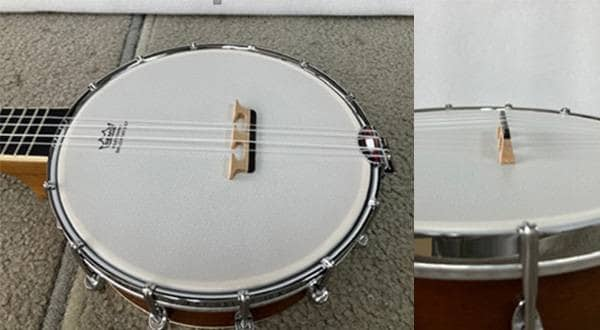
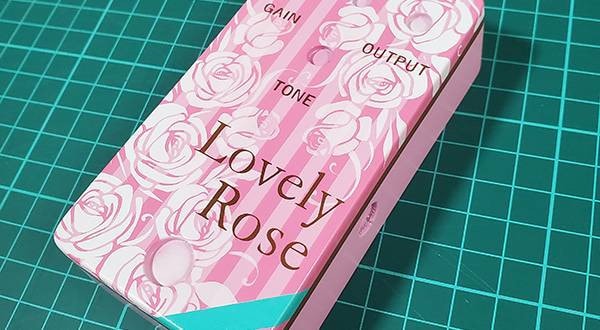
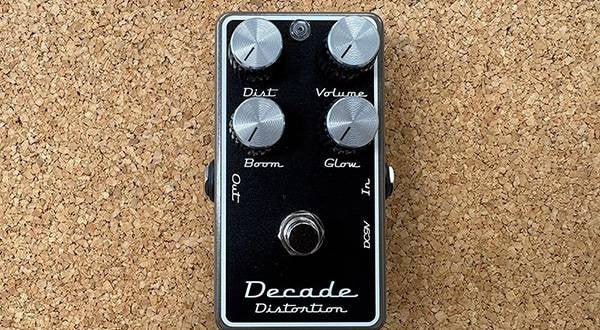
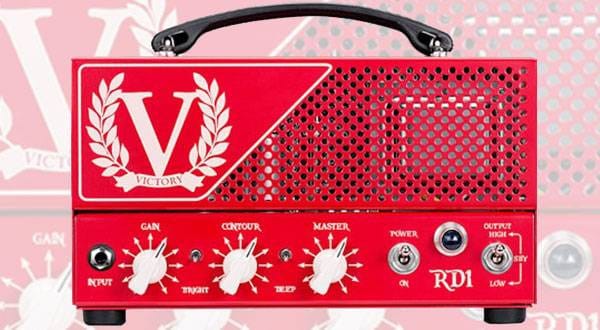
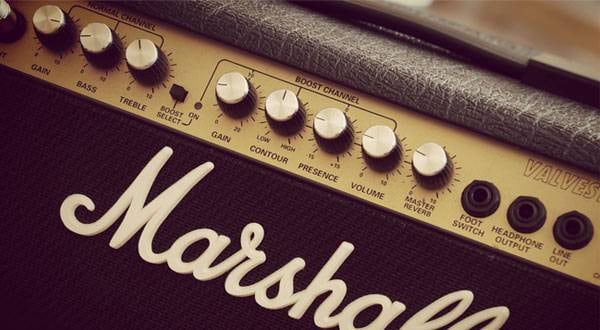

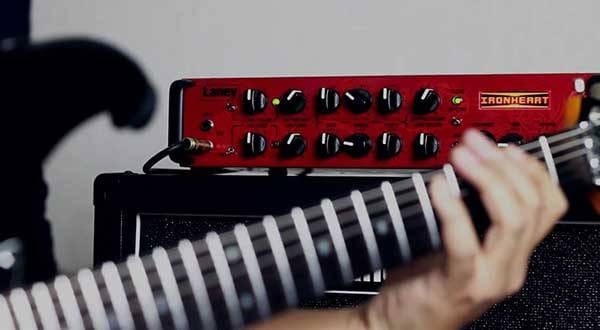
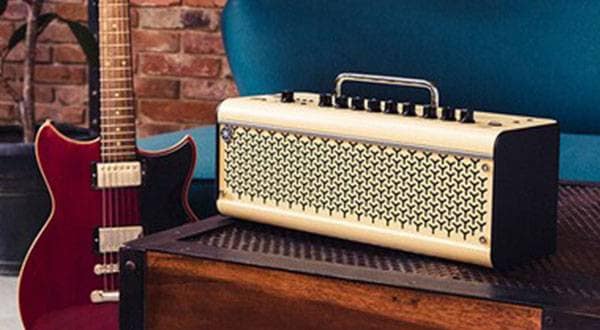
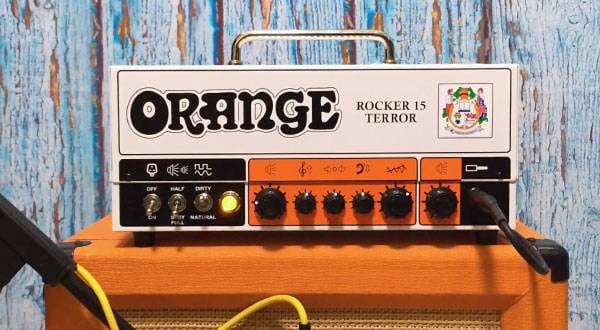
 パワーアンプの定番 Classic Proのおすすめモデル
パワーアンプの定番 Classic Proのおすすめモデル
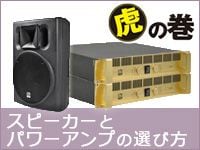 スピーカーとパワーアンプの選び方
スピーカーとパワーアンプの選び方
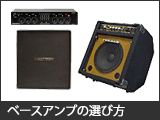 ベースアンプの選び方
ベースアンプの選び方
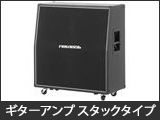 ギターアンプ スタックタイプ編
ギターアンプ スタックタイプ編
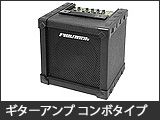 ギターアンプ コンボタイプ編
ギターアンプ コンボタイプ編
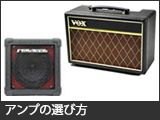 アンプの選び方
アンプの選び方















